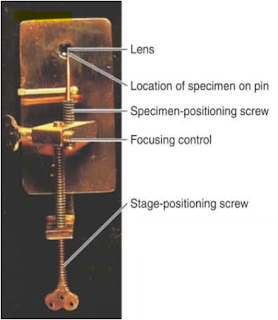History and Development of Microbiology
History and Development of Microbiology
}1220-1292; Roger Bacon postulated – disease is produced by invisible living creatures
}1483-1553; Fracastoro also suggested the same
}1632-1723; Antony van Leeuwenhoek of Holland observed
and described microbes accurately as animalcules
}He constructed a simple microscope composed of double
convex lens with magnification of 50-300 times
}1673; He sent a detailed letter about his findings to
the Royal Society of London
Spontaneous Generation Vs. Biogenesis
}Spontaneous generation: living organism
could develop from non-living matter e.g. maggots could be produced by exposing
meat to warmth and air
}1626-1697; Francesco Redi suggested
that meat
did not produce maggots spontaneously. However, flies,
attracted towards meat, laid eggs producing maggots
}In 1749, John Needham observed the appearance of
bacteria in meat and again supported abiogenesis
}1729-1799; Lazaro Spallanzani boiled beef broth
and sealed the flask è There was no origin of microbes. But this experiment failed to convince Needham who
insisted air is essential for origin of microbes
}1815-1873; Franz Schulze passed air through strong acid
solution into boiled broth è microbes did not
appear
}1810-1882; Theodor Schwann passed air through red hot
tubes into broth è microbes did not
appear
}About 1850; H. Schroder and T. von Dusch passed air through
cotton into flask è microbes did not appear
}1822-1895; Louis Pasteur ended the argument and supported the BIOGENESIS
}He prepared a flask with long narrow gooseneck opening
}Nutrient solution was heated in the flask but microbes did not
appear (germs settled in the gooseneck)






Comments
Post a Comment